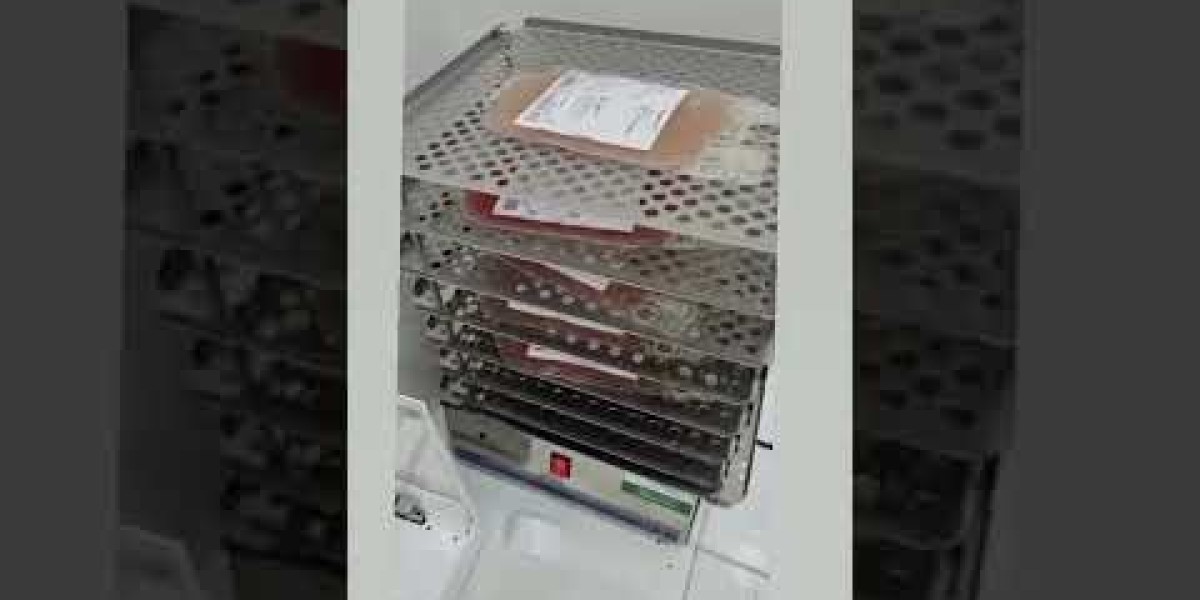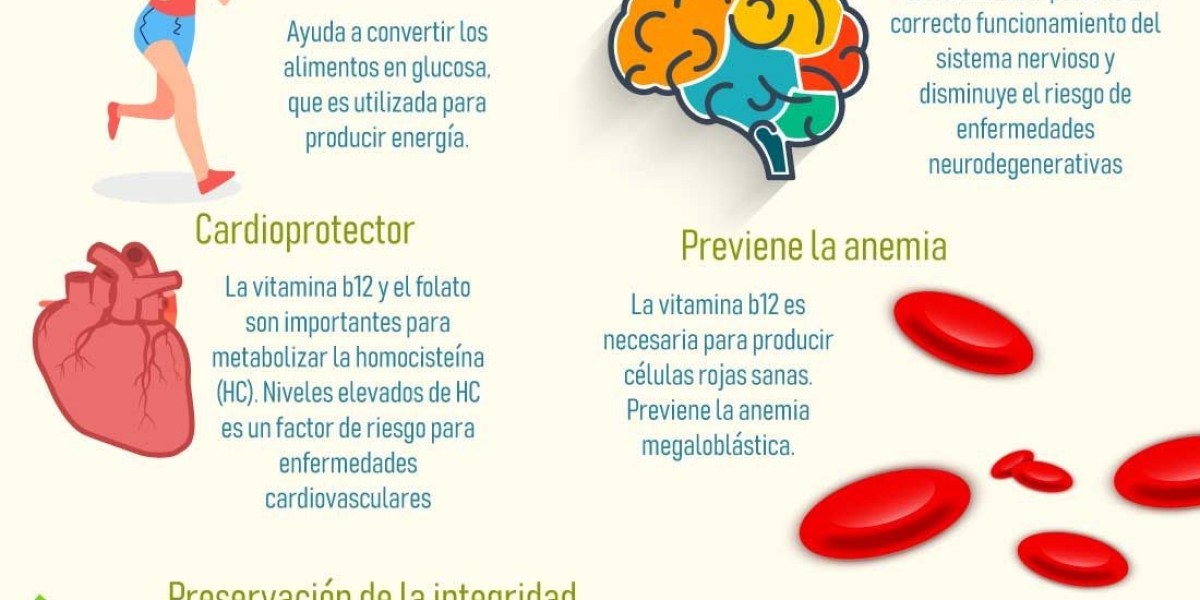Los rayos X son más útiles para poder ver áreas del cuerpo que tienen densidades de tejido contrastantes y en el momento en que se ven tejidos sólidos.En el tórax, los pulmones están primordialmente llenos de aire y tienen una densidad muy blanda, por lo que absorben muy pocos rayos X. El músculo cardiaco es más denso, al paso que las costillas óseas son duras y increíblemente espesas. La silueta del corazón se ve de manera fácil en una radiografía y se pueden ver enormes vasos sanguíneos dentro de los pulmones puesto que la sangre y las paredes arteriales y venosas son mucho más espesas que los pulmones circundantes. Si se amontona líquido en los pulmones (edema pulmonar), también se ve de forma fácil.En el abdomen, se pueden distinguir varios órganos y, con frecuencia, se pueden observar cuerpos extraños o aire atrapado dentro de los intestinos. El tamaño y la forma del hígado, los riñones y el bazo a menudo se evalúan en radiografías. En animales extremadamente obesos o que tienen muy poca grasa corporal, puede ser mucho más bien difícil distinguir los diferentes órganos internos.Los huesos de la columna vertebral y las extremidades se someten a radiografías de forma rutinaria y muchas anomalías óseas se tienen la posibilidad de advertir fácilmente.
Las radiografías de tórax y abdomen cuestan aproximadamente de $cien a $250, y las radiografías bucales cuestan aproximadamente de $75 a $150. Las radiografías pueden ser realmente costosas dependiendo de dónde busque ayuda. Las instituciones y clínicas privadas, por supuesto, cobrarán más que las instituciones públicas. Si es bien difícil tomar una radiografía de parte del cuerpo, el valor puede ser mayor. Toma imágenes de la parte inferior de la cubierta externa del cuerpo del gato, para ver si su gato tiene daños y lesiones. En el mundo humano, las radiografías Site de Internet recomendada los gatos normalmente nos detallan imágenes de huesos en términos sencillos.
 DO NOT treat a dog for pulmonary edema when you have only taken a right lateral projection that's on expiration as this most likely is artifact and not really edema. Selected differential diagnoses for diffuse and focal interstitial pulmonary patterns. From dogs, cats, birds and exotics to horses, cattle, llamas, pigs and tons of different large farm or food animals, our skilled veterinary workers is able to help. Ventrodorsal radiograph of a standard canine; white strains indicate areas where a pleural fissure line would occur when an effusion is present. This article differentiates will increase in opacity within the pulmonary parenchyma from these inside the pleural area.
DO NOT treat a dog for pulmonary edema when you have only taken a right lateral projection that's on expiration as this most likely is artifact and not really edema. Selected differential diagnoses for diffuse and focal interstitial pulmonary patterns. From dogs, cats, birds and exotics to horses, cattle, llamas, pigs and tons of different large farm or food animals, our skilled veterinary workers is able to help. Ventrodorsal radiograph of a standard canine; white strains indicate areas where a pleural fissure line would occur when an effusion is present. This article differentiates will increase in opacity within the pulmonary parenchyma from these inside the pleural area.Lung Or Heart Problems
However, for canines in critical situation, it’s usually most well-liked to stabilize them as greatest as potential earlier than taking an X-ray, because the stress of the procedure could exacerbate their condition. Fortunately, there isn’t a lot required in preparing your canine for an X-ray. If treatment such as a sedative like trazodone or gabapentin is prescribed, observe your veterinarian’s suggestions. If X-rays are scheduled, you could be asked to not feed your canine for a number of hours beforehand in case sedation is needed. Additionally, X-rays may be more difficult in case your dog is chubby or underweight, and they provide restricted worth in inspecting the top due to the complexity and density of bones within the cranium.
Equipment Used for Diagnostic Imaging in Animals
Because the images wouldn't have to be processed in a darkroom or through secondary systems similar to in CR, individuals making the images usually attempt to improve positioning of the animal a number of occasions. Particularly in instances when the animal is being manually restrained, there's a proportional enhance in radiation publicity to each the animal and the holders. This may be avoided by taking a few additional seconds to properly position the animal for the primary image. Pulmonary edema is the abnormal accumulation of fluid throughout the interstitial space of the lungs, primarily based on abnormalities of Starling’s forces throughout the capillary mattress and interstitium.four Common causes of pulmonary edema are listed in BOX four. Right lateral (A) and ventrodorsal (B) radiographs of a cat with extreme chronic chylothorax and pneumothorax. There is marked thickening of the visceral pleura and rounding of the lung lobe borders. There are a number of persistent rib fractures with callus formation consistent with a "thoracic bellows effect" from the persistent chylothorax.
Complications of X-Rays for Dogs
In different words, don’t take a VD on presentation, after which take a DV three days later to compare the images. Pet insurance coverage firms may cover some or all the costs except specifically said otherwise in their terms and circumstances. The denser the tissue, corresponding to bones, the more power is absorbed, leading to a whiter picture on the display screen. Organ tissues like the liver and spleen are much less dense, so they appear gray. Radiographs usually take about 5 to 20 minutes to acquire, plus the development time needed for the film (5 to 30 minutes). In some situations, your veterinarian may request the assist of a radiologist or specialist in evaluating and interpreting the radiographs.







